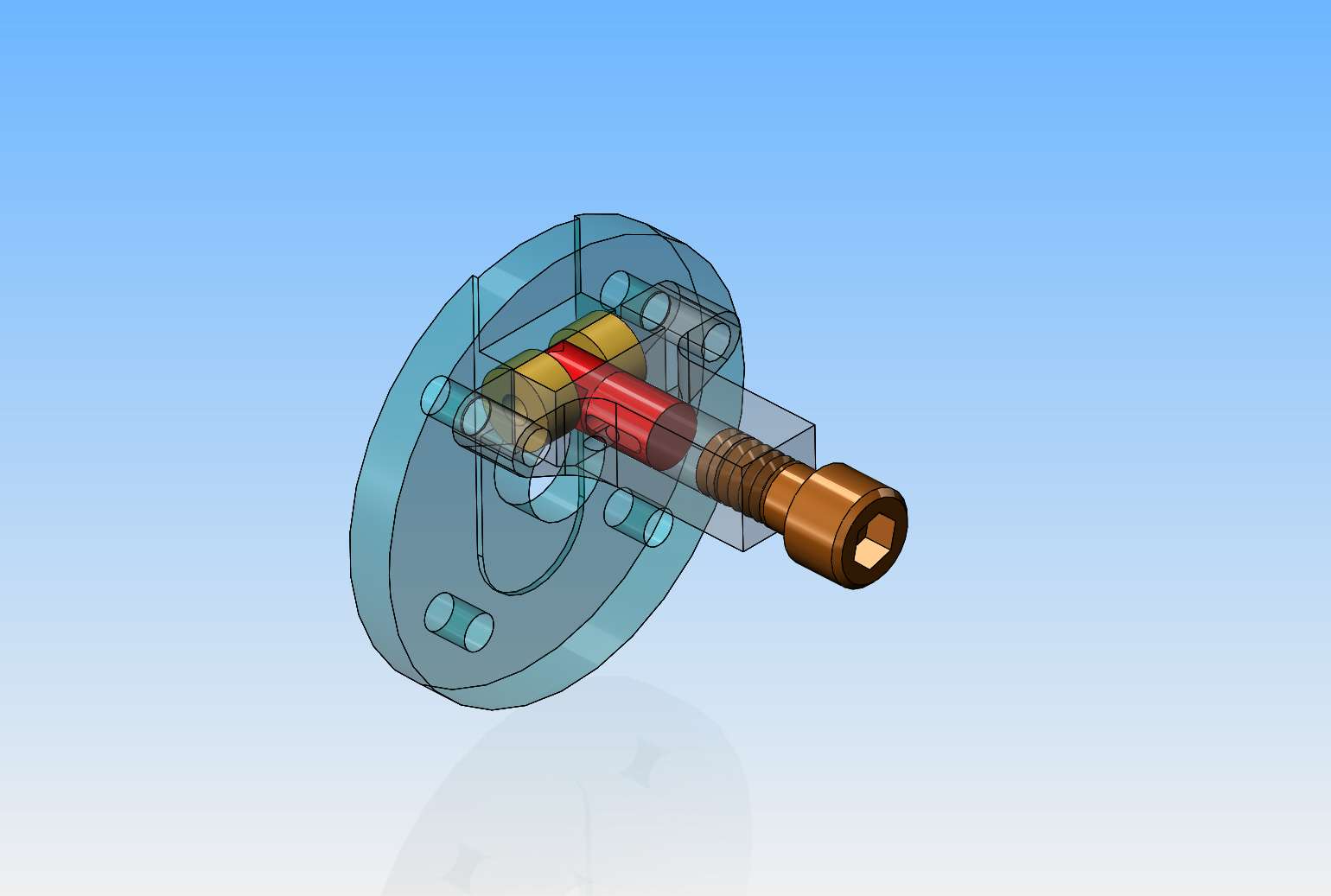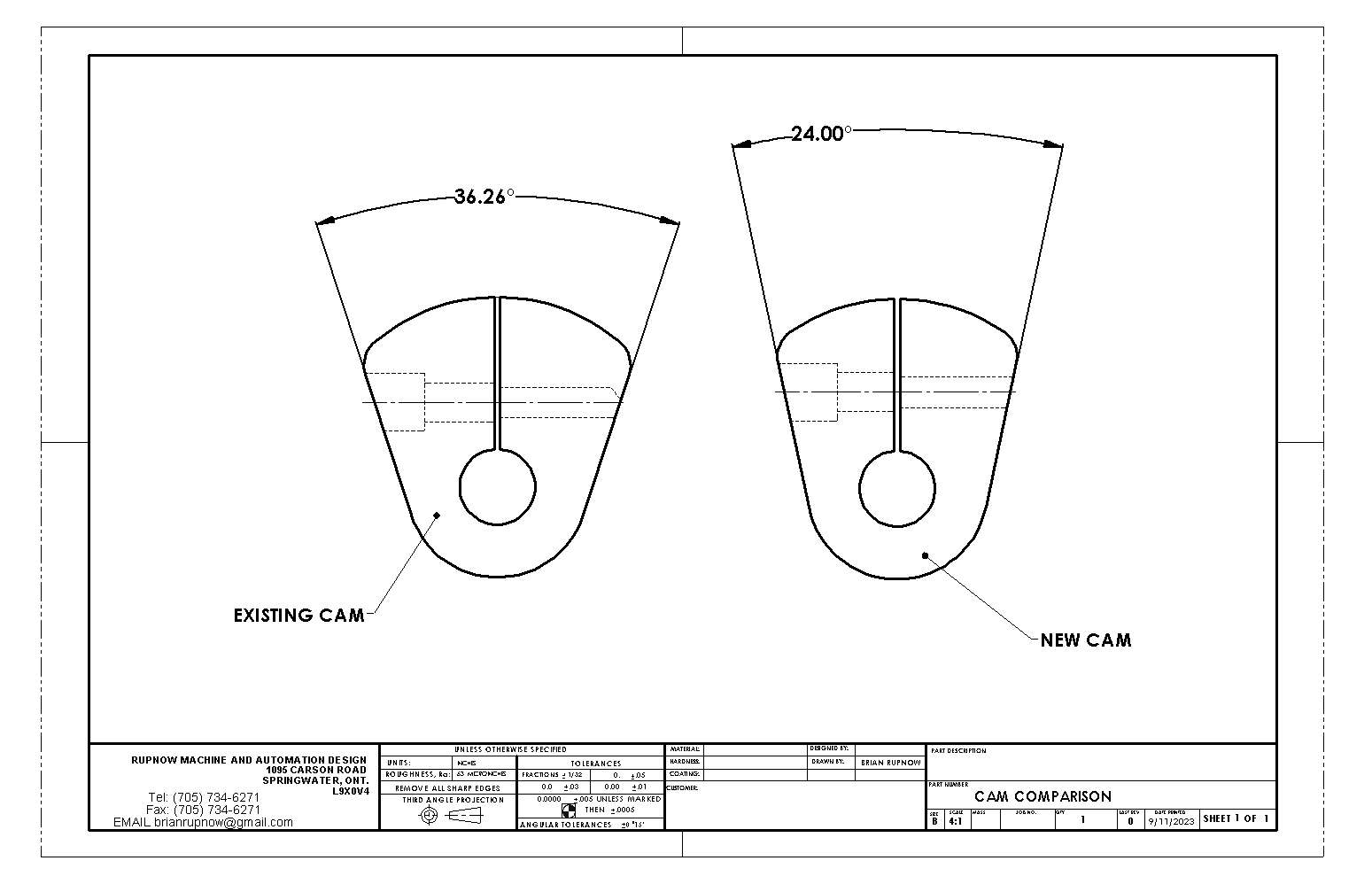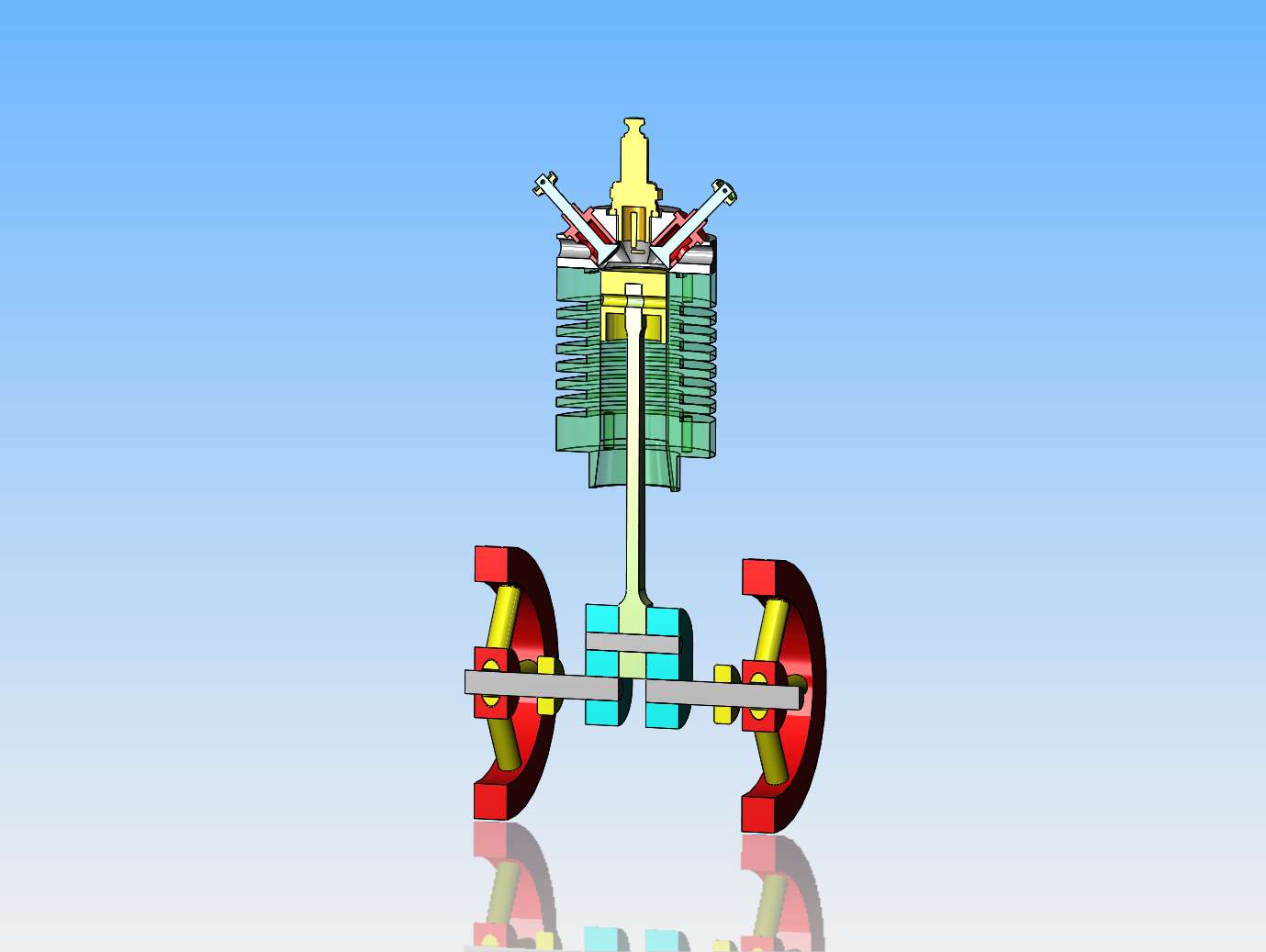Hi Jason, yes, I did read your earlier post. And then thought a bit about "Why?" - would the valve closure be before BDC?
Sometimes, idly speculating on the "why" gives a better understanding of what is really happening, so the whole engineering can be tuned appropriately.
Then I usually find I am completely wrong and an expert laughs and explains the real answer!
So here goes with my idle ideas..
- During the initial part of the intake when the valve opens, the initial, colder, remnants of the previous stroke may still be slightly sub-atmospheric when the valve opens, so opening at TDC or thereabouts relieves the vacuum to "flame" so it does not work against the engine after TDC..
- As the engine progresses down the stroke it sucks in flame - and burning gases - so when the valve closes it may still have chemical energy converting to heat inside the engine. Closing the valve before BDC allows this internal combustion to increase the pressure and if above atmospheric will slightly power the engine.
- the late expansion of the combusting/combusted gases to BDC with closed valve should allow for the cylinder pressure to drop so it is not above atmospheric at the end of the stroke. - OR the pressure relief should manage it anyway, if fitted.
- Ideally, peak pressure should be before BDC, so the power of that pressure is not wasted, but the gases should be at or passing below atmospheric as the piston transitions BDC. Thus the sub-atmospheric pressure developing around BDC accelerates the piston back up the stroke to wards TDC, when the valve opens to relieve any residual vacuum.
- Hence the valve closure at 25 - 30 degrees Before BDC that you advocate.
It made sense to me, anyway.
I suspect that the piston clearance of the worn graphite piston probably accounted for the lack of performance under vacuum that Brian experienced, as initially, he said it tried to work, but just didn't have enough kick (vacuum not maintained because the piston leaked too much?).
Watching various engines, some have blow-back as the valve opens. This suggests that somehow there is pressure above atmospheric at TDC, or when the valve opens? Perhaps better cylinder cooling is needed on those engines?
A very interesting thread. There is more to making these engines run than the "simple build" suggests!
Maybe I should make one with a glass cylinder to see what is happening inside the cylinder? - How much combustion takes place to raise the pressure above atmospheric?
K2









![DreamPlan Home Design and Landscaping Software Free for Windows [PC Download]](https://m.media-amazon.com/images/I/51kvZH2dVLL._SL500_.jpg)




